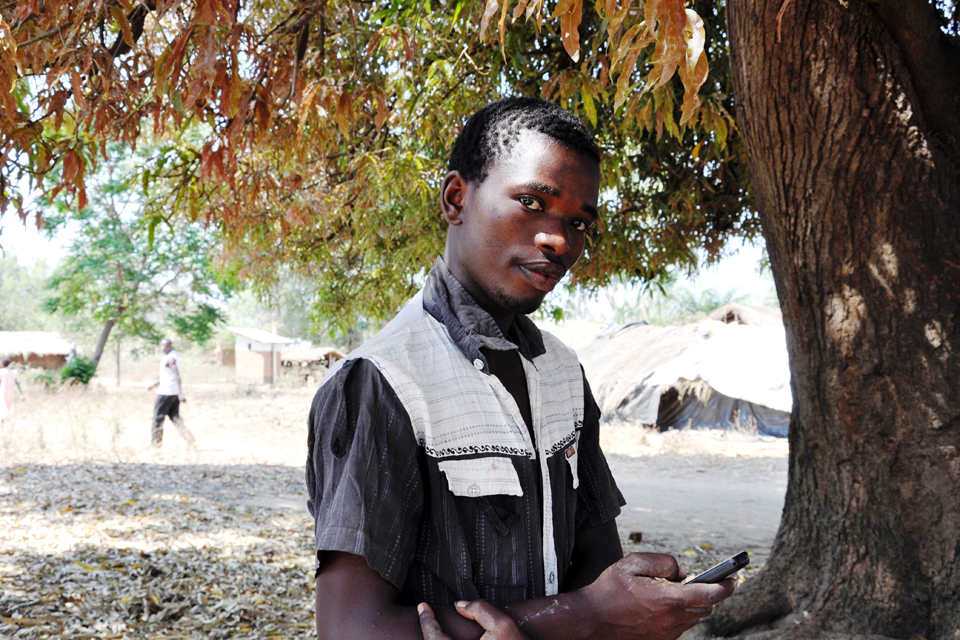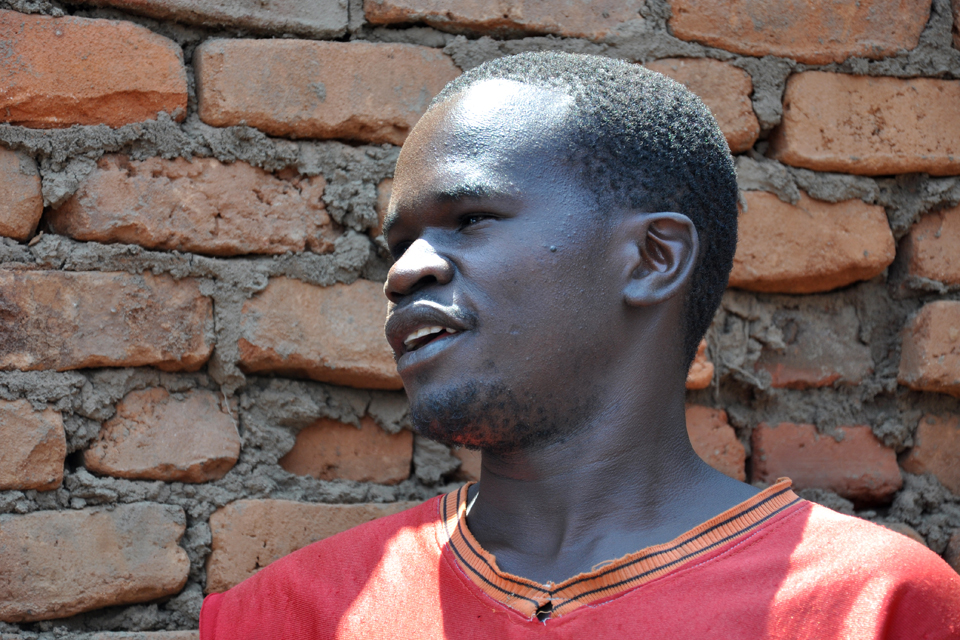Rebuilding Malawi after the earthquake
UKaid supports the Malawi Red Cross Society on reconstruction and repair of most vulnerable households

Remains of Edicas’ mud hut, Karonga, north Malawi. Picture: Shareefa Choudhury/DFID
Last December two earthquakes measuring 5.8 and 6.2 magnitude struck Karonga in north Malawi. Many houses in the area collapsed and over 31,000 people were affected.
Edicas Nachinga, is in her 80s and lives in Karonga. She looks after six orphaned grandchildren aged 18 to three years of age, and a chronically ill daughter who has two children of her own. Edicas’ mud hut was one of the 1,557 houses that collapsed in Karonga following the earthquakes in December 2009. A further 3,569 houses were damaged.
Malawi lies on the East Africa Rift System which has many fault lines, making the area prone to earthquakes. Since the earthquakes last December, Edicas and her family have been living in a temporary shelter.
After the earthquake, Malawi Red Cross Society and UNICEF provided temporary shelter and other relief items for 6,000 affected households, with support from UKaid from DFID, to replenish their stocks to cope with future disasters. UKaid is also funding the reconstruction of 180 houses and the repair of 500 houses for the most vulnerable households - headed by women, elderly, children and people with disabilities.
Edicas’ new house is one of 40 that have started construction work so far and it will be ready in a week’s time. She says “I am very happy, and thank God.”

Edicas Nachinga with her orphaned grandchildren. Picture: Shareefa Choudhury/DFID
Cash transfers
500 beneficiaries are receiving cash transfers using mobile phones through Zain (a mobile telephone operator in the region) to fund the repair of their homes. 17 year old Winif Mwalwanda lives with his 16 and 14 year old siblings. He is one of 136 beneficiaries to have been registered so far for cash transfers.

Winif Mwalwanda, a recipient of cash transfers. Picture: Shareefa Choudhury/DFID
“When I get a text message from Zain, I know the money is there. I go into town to get the cash. I use the money to buy whatever is needed.” The transfers are given in two tranches with the second payment triggered once 50% of the work on the house is complete.
Assessments showed that the poor design and construction of the houses contributed to their collapse. DFID has funded the development of new guidelines for safer construction and repair of houses that will be more resilient to all sorts of disasters in future. The guidelines were officially launched on 2 September in Karonga.
Skills training
The rebuilding and repair work is being carried out by locally trained artisans.
Obvious Mwalwanda is one of ten locals who have been trained so far to build the houses under new guidelines.

Obvious Mwalwanda was trained to build houses under safer construction guidelines. Picture: Shareefa Choudhury/DFID
Obvious says, “The training has opened up the market for me. I can now work in town or the village with the new skills”.
Local households are also being trained to help in the repair and reconstruction efforts.
Stats and facts
Karonga district with a population of 270 960 is situated in the northern region of Malawi. Karonga experienced a sequence of stronger earthquakes ranging from 4.5 to 6.2 on the Richter scale, between 6 and 20 December, 2009. The major damage was on housing and property which created a great need for shelter, health, water and sanitation.
In February 2010, DFID signed an agreement to support funding from February 2010 to January 2011.
Through this funding, DFID would provide £950,000, comprising £500,000 as recovery activity funds and £450,000 for emergency response which was basically for stock replenishment.
Project outputs included: supplying 6000 affected households with temporary shelter, developing new design and construction guidelines for earthquake resistant housing and the reconstruction of 180 houses and repair 500 houses for the most vulnerable families.